Beverage
Ensuring the correct carbonation, sugar, colour and acidity level is essential to ensure good customer experience with carbonated beverages.
Beverage Carbonation – measuring the amount of CO2 and permeation
Beverages are often packaged under CO2 which is critical to the final product quality and customer impression. It is essential for CO2 to be free from impurities and the closure mechanism of the beverage container is crucial to its quality.
Oxygen is considered the primary driver for staling and degradation in beverages. Dissolved oxygen measurement is an indicator of the level of O2 in the liquid. Carbonation indirectly replaces the liquid as well as headspace O2 to increase shelf-life by delaying staling. Centec specialise in beverage and brewery solutions that cater to the beverage industry for complete process and quality control.
Mätt Solutions, with Ametek Mocon work extensively with beverage carbonation providing solutions to test the carbonation gas levels and packages for quality. Ametek Mocon’s analysers are considered the industry standard for permeation testing through closures, lids and seals used in bottles and cans.
Degrees Brix (°Bx) refers to the sugar content of a solution. One degree Brix is 1 gram of sucrose in 100 grams of solution. The Brix is traditionally used in the sugar, carbonated beverage, fruit juice, fresh produce, maple syrup and honey industries.
Mätt Solutions has a range of instruments, including Optical refractometers, handheld digital refractometers to desktop refractometers and inline refractometers offering continuous measurement and PLC output.
pH is a measure of how acidic/basic a beverage is. Ranges from 0 to 14, with 7 being neutral (like water). pH <7 indicate acidity, whereas a pH of >7 is a base. pH measurement of beverages is essential to maintaining quality and consistency between batches. Mätt Solutions offers a range of instruments from “pen” type pH meters, handheld pH meter options with separate electrodes, highly accurate benchtop pH meters to inline pH measurement solutions.
Standard beverage pasteurization temperatures vary with drink/packaging type and can range from 80°C to 105°C for about 15 to 30 seconds. Beverage manufacturers need to ensure the pasteurisation tunnel or oven gets to and maintains temperature. The core temperature of the beverage needs to get to the intended level for the duration expected. Mätt Solutions provide instruments enabling the measurement of the core temperature in a bottle / container like the iButton as well as monitor the tunnel/oven in real-time with the Monnit loggers to avoid costly mistakes and possible recalls.
The amount of CO2 in a beverage is measured as grams of CO2 per litre of beverage (g/L). This can be measured by measuring the pressure in the headspace of a carbonated drink.
Put simply, brix is a measure of the sweetness of a solution. The complete definition:
Degrees Brix (symbol °Bx) is the sugar content of an aqueous solution.
One degree Brix is 1 gram of sucrose in 100 grams of solution.
Brix can be measured by the use of a refractometer.
Brix can also be calculated using specific gravity or infrared absorption, but Refractometers are by far the fastest, easiest and most accurate way to measure brix. There are a number of different instruments for measuring brix in different products (matrices) depending which quality control metric is most important to you.
An inline refractometer measures brix in real time DURING processing, allowing for immediate adjustments. An OFFLINE refractometer measures away from the production line – either when the operator takes a sample to the instrument or when the QC officer wants to approve a batch for release. Both can be used as part of good process control.
Digital refractometers can range in accuracy from 0.2⁰ brix for a portable handheld to 0.001 for a laboratory grade, desktop refractometer. How accurate it “needs” to be will depend on what you are measuring and what your targets are.
Yes, the variation can be greater or smaller depending upon the product and what other changes are happening, but brix can and will change over time. This is why brix is one of the items that is checked during shelf life trials by Matt Solutions.
Both measure the same thing, but modes of use differ. For an optical, you must look through an eyepiece (like a microscope) and interpret the results from a scale (like a thermometer). With a digital refractometer, the results are displayed on a screen. Many prefer a digital refractometer as there is no “user interpretation” making it less susceptible to mistakes or errors.
Yes, Brix changes depending upon the temperature of the sample. When the sample is cold, it will return a higher brix reading than the same sample at room temperature. Most handheld digital refractometers will offer temperature compensation, while the most accurate desktop refractometers will offer temperature control to ensure the accuracy of the reading.
For a guide to how brix changes with temperature please see this brix temperature compensation table.
Yes, it is common to test the brix level of carbonated drinks (soft drinks in particular) to ensure consistency. It is best to do this prior to carbonation. If this is not possible – then the sample should be left out in a glass or beaker to “go flat” as much as possible prior to testing as the “bubbles” can disrupt the accuracy of the refractometer.
Brix and Baume are simply different scales for the same thing. They are both measured on a refractometer and measure the sugar levels in liquids.
BRIX TO BAUME CONVERSION TABLE
Brix and Plato are simply different scales for the same thing. They are both measured on a refractometer and measure the sugar levels in liquids.
BRIX TO PLATO CONVERSION TABLE
Applicable Instruments
-
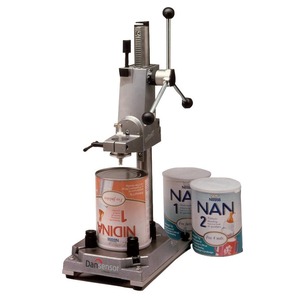
Can Piercer
Dansensor Can Piercer for milk powder cans, soft drink cans, wine bottles, ready to drink containers and PET bottles
-
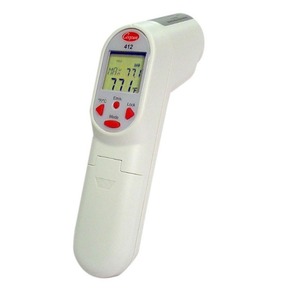
Cooper Atkins Infrared 413 w/ Thermocouple Jack 20568
Non-contact Infrared Thermometer to measure surface temperature combined with a Thermocouple Jack to measure internal temperature.
-
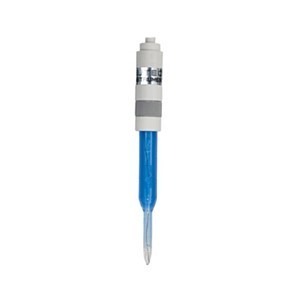
EC620133 Speartip PH Electrode
Open pore spear tip electrode. Suitable for semi-solid samples.
-
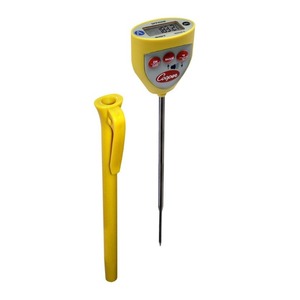
DFP450W Handheld Thermometer
Easy to carry, water proof thermometer
-
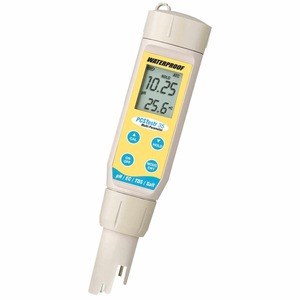
PCSTestr 35 Mutliparamter Tester
pocket size tester measures that five parameters (measures pH, Conductivity, TDS, Salinity and Temperature)
-
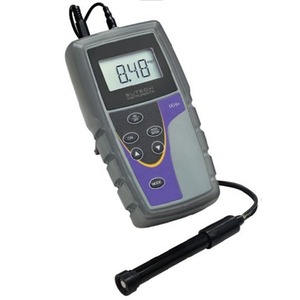
DO 6+ Dissolved Oxygen Meter
Easy to carry Dissolved Oxygen Meter
-
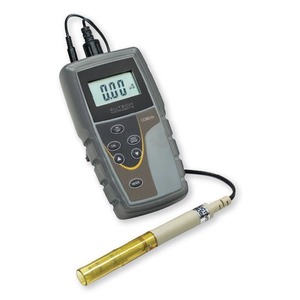
Eutech COND 6+ Conductivity meter
Water quality monitoring multiparameter
-
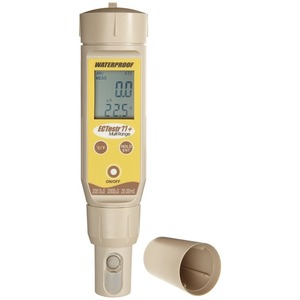
ECTestr 11+ Conductivity meter
Multi-range with selectable or auto-ranging options
-
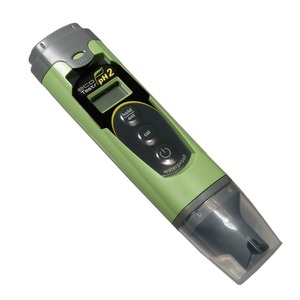
EcoTestr pH 2
Economical pH measurements
-
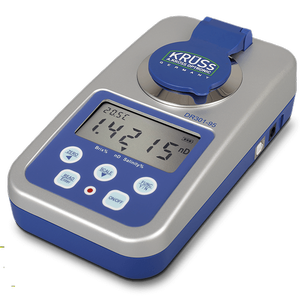
Digital Hand-held Refractometers
Compact digital refractometer helps eliminate user-related reading errors
-
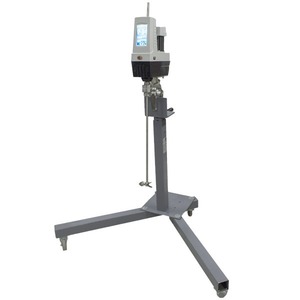
Crossover 1540
Powerful industrial mixer.
-
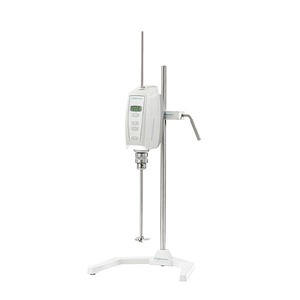
Compact Overhead Stirrers
Lightweight Stirrer
-
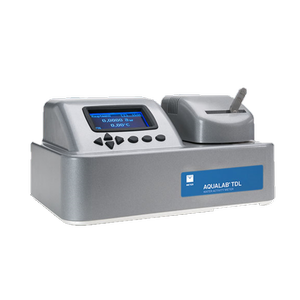
Water Activity Meter - Aqualab TDL
Test volatile samples. Super Accurate
-
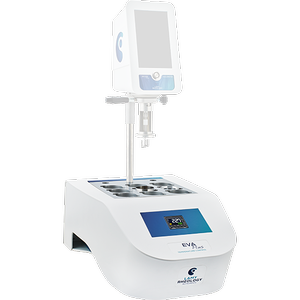
EVA MS-R
Temperature control system for measuring system as anchors type
-
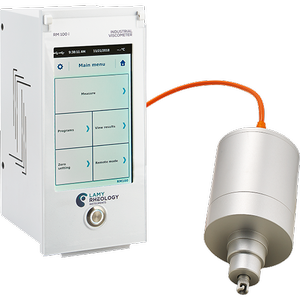
RM 100 I TOUCH
perfectly suited for so-called immersion use, installing it over a tank or on a support for a measurement in a pot
